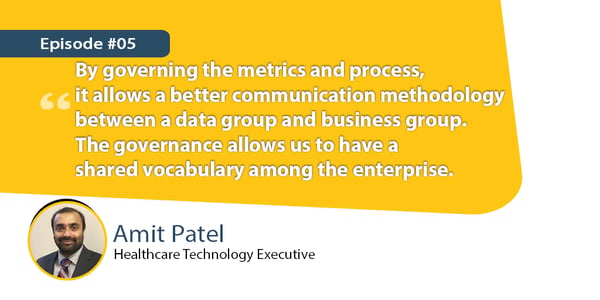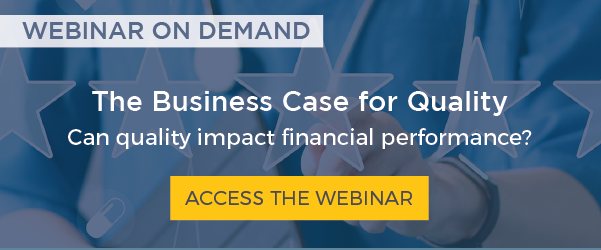Episode Description:
In this episode of Value-Based Care Insights, Lumina Health Partners Principal Daniel J. Marino speaks to special guest, Amit Patel. Amit draws on his experience as director of data science, analytics and governance for Nuvance Health, a health system in New York’s Mid-Hudson Valley region and western Connecticut that employs 2,600 doctors and 12,000 professional staff.
Episode Overview:
Host:

Daniel J. Marino, Managing Partner, Lumina Health Partners
Guest:

Amit Patel, Healthcare Technology Executive
Health Partners Principal Daniel J. Marino welcomes senior healthcare analytics executive Amit Patel to discuss how best to build an organization’s analytics infrastructure. Amit has created analytic infrastructures that have allowed organizations to position themselves for success within value-based care. In this episode, Daniel and Amit discuss how to lay the groundwork for a successful analytics infrastructure, and why data and analytics are such important drivers of change for healthcare organizations.
The conversation is part of Lumina Health Partners’ ongoing study of how to align incentives and build a practice model that ensures sustainability and success under value-based care.
Episode Discussion Areas:
1. Taking a pragmatic approach to building analytic capabilities
- Assess current data, output and information capabilities
- Focus on the needs that current technology fails to address
- Provide platform training for both internal analytic and business operations staff
- Decentralize analytics capabilities, giving teams the tools and training they need to succeed in their roles
2. Understand how data and analytics drive change
- Apply data to produce clinical insights needed to manage populations
- Employ analytics to identify areas of clinical variation
- Use apps to better connect with patients and address their needs
- View data as a strategic asset to support opportunities in clinical services, programs and/or partnerships
3. Where to start building an analytics infrastructure
- Focus on the organization’s highest priorities
- Gather and present information that makes sense to clinical or business operations
- Solve for the problems of today with an eye on the needs of tomorrow
9 Key Takeaways: A Practical Approach to Building an Organization's Analytics Infrastructure
1. Use a robust visualization platform, such as Tableau.
- It allows analysts to generate meaningful analytics that align with strategy.
2. Establish a robust data infrastructure.
- Create a database environment that can bridge major source systems – clinical, billing, electronic records, and so forth.
3. Address high-priority problems that yield big results.
- Empower analysts with large data sets and give them tools to work with those large sets.
4. Have an ear in the C-suite.
- Understand where the organization is going and develop the data to inform the strategy needed to get there.
5. Break your organization into portfolios – financial, ambulatory, acute care, clinical – and identify champions within each one.
- Portfolio champions need to work with analysts to create reports meaningful to each audience. This greatly enhances operational workflows and overall efficiency.
6. Massive analytics packages, often introduced via mergers, are more overwhelming than useful.
- Unless you have a strong training program to use that package, you’ll see a fall in adoption.
7. Data governance is a key pillar to any data program.
- It dictates not only how to identify the key sort of key performance indicators (KPIs) that your organization is following, but how to govern processes. It allows for better communication between a data group and a business group, as you have a common communication. Governance provides a shared vocabulary across the enterprise.
8. The growing use of personal devices provides new channels for actively engaging with patients.
- Devices such as Apple watches heighten patient expectations of their digital experience with their healthcare provider. A strong data platform can provide the rich digital experience they will be expecting.
9. Data collection and workflow are diluting patients’ sense of personal care from providers.
- Information patients share via personal devices will lessen the need for in-person data collection, allowing for a more intimate face-to-face experience.
About Value-Based Care Insights Podcast
Value-Based Care Insights is a podcast that explores how to optimize the performance of programs to meet the demands of an increasing value-based care payment environment. Hosted by Dan Marino and Shaillee Chopra, the VBCI podcast highlights recognized experts in the field and within Lumina Health Partners.






Share this: